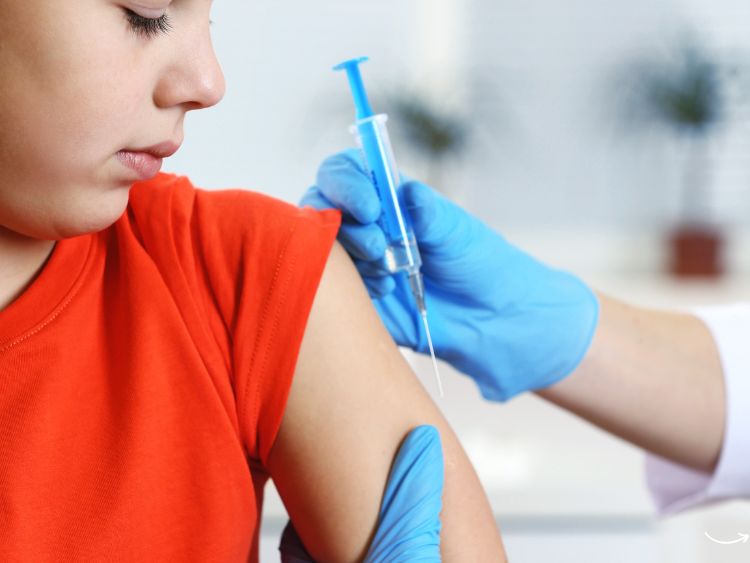When it comes to raising cattle, ensuring their health is paramount. One of the most crucial aspects of cattle health management is vaccination, particularly against blackleg. Blackleg, a severe and often fatal bacterial disease, can wreak havoc on herds if not properly managed. In this article, we delve deep into the importance of blackleg vaccination for cattle, exploring the disease, its impact, and how vaccination can safeguard your livestock.
What is Blackleg?
Blackleg is a bacterial disease caused by Clostridium chauvoei, a bacterium that exists in soil and affects cattle, particularly young calves. The bacteria produce toxins that cause severe muscle necrosis and death, often within 12 to 48 hours of symptom onset. The disease is typically sudden and fatal, making prevention through vaccination essential.
Symptoms of Blackleg
- Sudden death in apparently healthy cattle
- Lameness
- Swelling, usually in the heavy muscles of the hind legs
- High fever
- Loss of appetite
- Rapid breathing
Impact of Blackleg on Cattle Herds
Blackleg can decimate a cattle herd quickly. The economic impact is significant, considering the loss of young, healthy calves, veterinary costs, and the need for carcass disposal. Preventing such losses through vaccination is not only cost-effective but also vital for maintaining herd health.
Importance of Blackleg Vaccination
Vaccination is the most effective way to prevent blackleg. Here’s why it’s crucial:
- Prevention of Outbreaks: Vaccines provide immunity to cattle, preventing the onset of blackleg.
- Economic Savings: Reducing the incidence of blackleg saves money on potential treatment costs and loss of livestock.
- Herd Immunity: Vaccination helps in developing herd immunity, protecting even those animals that are unvaccinated due to various reasons.
How Blackleg Vaccines Work
Blackleg vaccines contain inactivated Clostridium chauvoei bacteria. When administered, the vaccine stimulates the animal’s immune system to produce antibodies against the bacteria. This prepares the immune system to fight off actual infections if they occur.
Vaccination Schedule for Cattle
Calves
- Initial Vaccination: Administer the first dose at 2 to 3 months of age.
- Booster Shot: Give a second dose 3 to 4 weeks after the initial vaccination.
Adult Cattle
- Annual Booster: Administer annual booster shots to maintain immunity.
Administering Blackleg Vaccination
Steps for Vaccination
- Preparation: Ensure you have the correct vaccine and dosage information. Follow storage instructions as per the manufacturer’s guidelines.
- Handling: Use sterile needles and syringes to prevent contamination.
- Injection: Administer the vaccine subcutaneously or intramuscularly, typically in the neck region.
- Record Keeping: Keep detailed records of vaccinations, including dates, batch numbers, and any adverse reactions.
Tips for Effective Vaccination
- Proper Handling: Always handle vaccines with care, keeping them at the recommended temperature.
- Clean Equipment: Use clean and sterile equipment to avoid infections.
- Calm Environment: Vaccinate in a calm environment to minimize stress on the cattle.
Potential Side Effects of Vaccination
While blackleg vaccination is generally safe, some cattle may experience mild side effects:
- Swelling at the injection site
- Mild fever
- Temporary loss of appetite
These side effects are usually short-lived and less severe than the disease itself. Monitoring cattle after vaccination is essential to ensure their well-being.
FAQs about Blackleg Vaccination for Cattle
What is blackleg vaccination?
Blackleg vaccination is a preventive measure against the deadly bacterial disease blackleg, caused by Clostridium chauvoei.
How often should cattle be vaccinated against blackleg?
Calves should receive their initial vaccination at 2 to 3 months of age, followed by a booster 3 to 4 weeks later. Adult cattle should receive annual boosters.
Are there any side effects of the blackleg vaccine?
Yes, some cattle may experience mild side effects such as swelling at the injection site, mild fever, or temporary loss of appetite.
Can blackleg vaccination be combined with other vaccinations?
Yes, blackleg vaccination can often be combined with other clostridial vaccines, but it’s best to consult a veterinarian for a tailored vaccination program.
How effective is the blackleg vaccine?
The blackleg vaccine is highly effective when administered correctly, significantly reducing the risk of blackleg in vaccinated cattle.
Conclusion
Blackleg vaccination for cattle is a critical aspect of herd health management. By vaccinating your cattle, you can prevent the devastating effects of blackleg, safeguard your livestock, and ensure the economic stability of your farming operation. Remember, prevention is always better than cure, and vaccination is your best defense against blackleg.
Authoritative Links
- https://www.merckvetmanual.com
- https://www.ncbi.nlm.nih.gov
- https://www.cdc.gov
- https://www.extension.org
- https://www.vet.cornell.edu
By following the guidelines and ensuring timely vaccinations, you can protect your herd from blackleg, keeping them healthy and productive.



